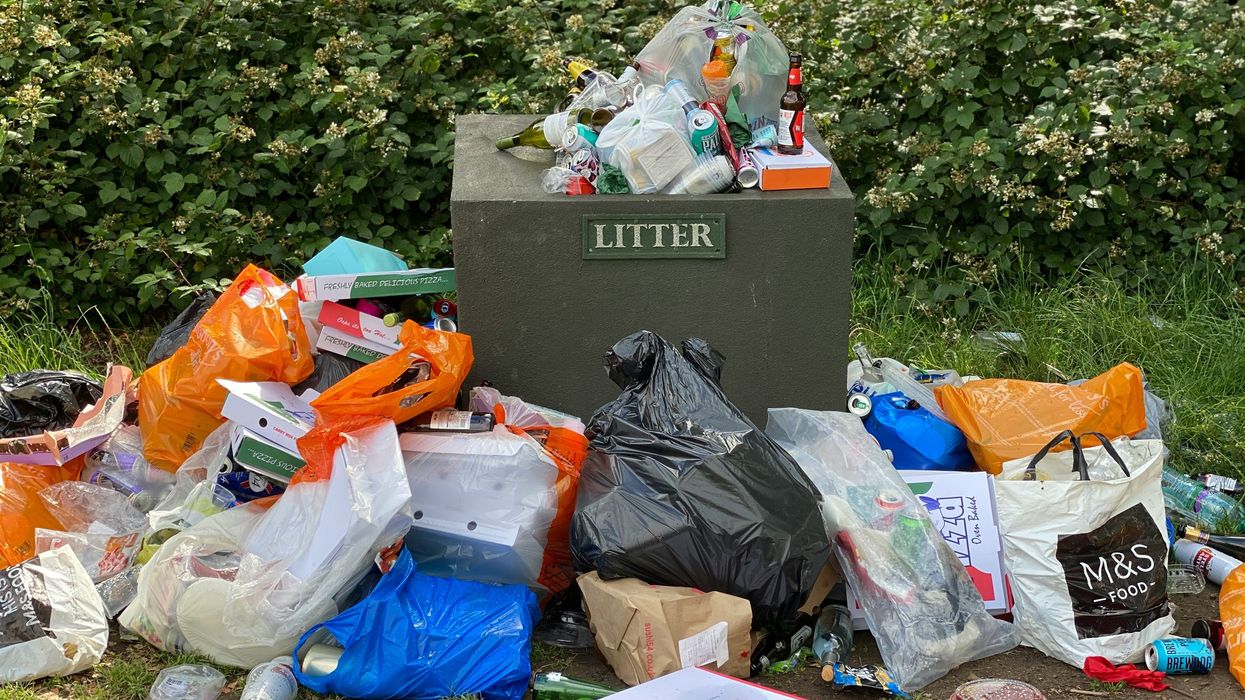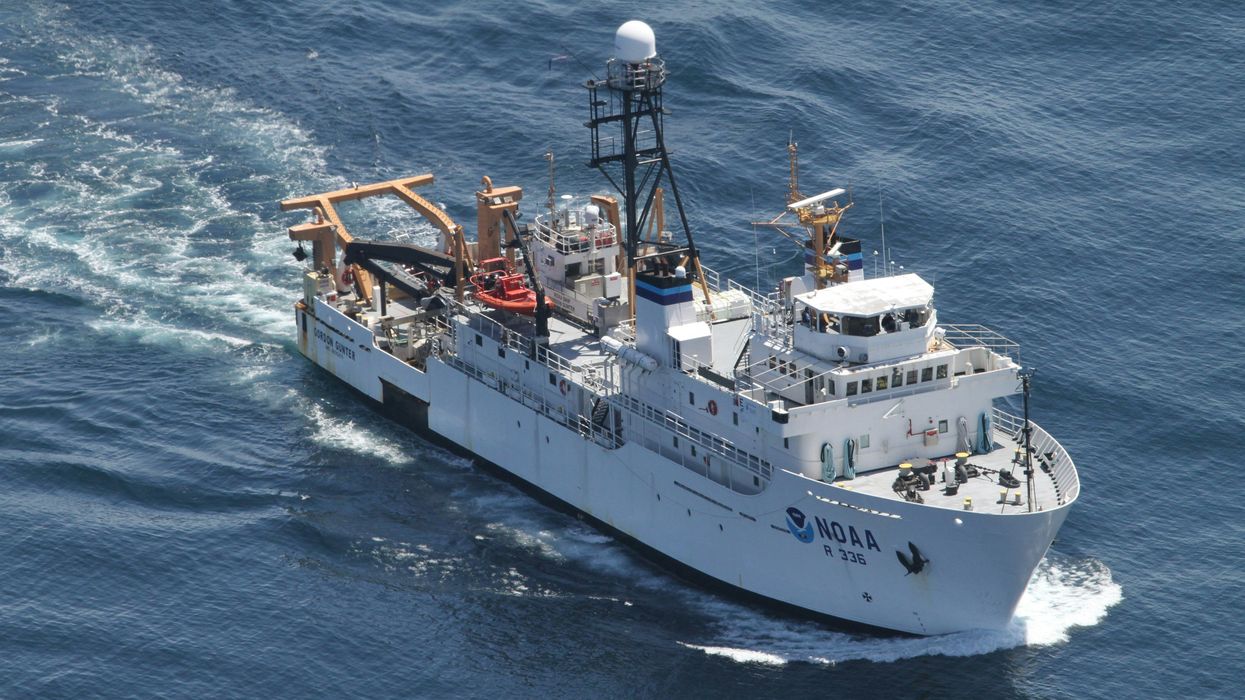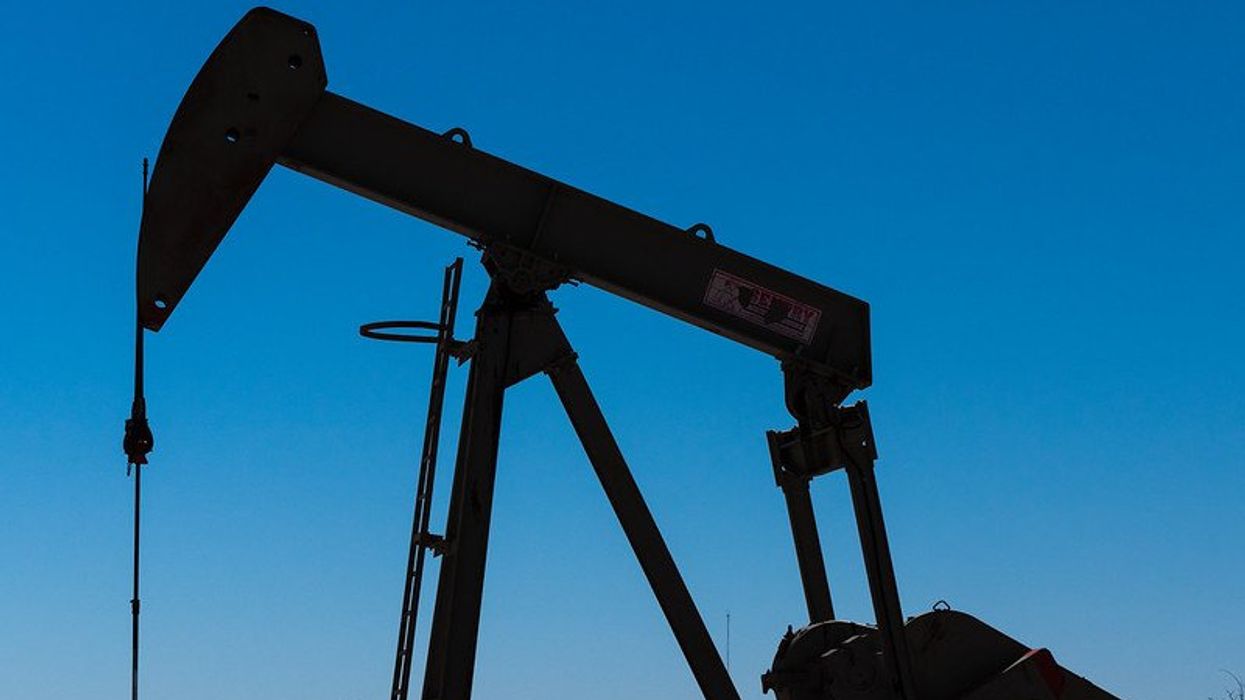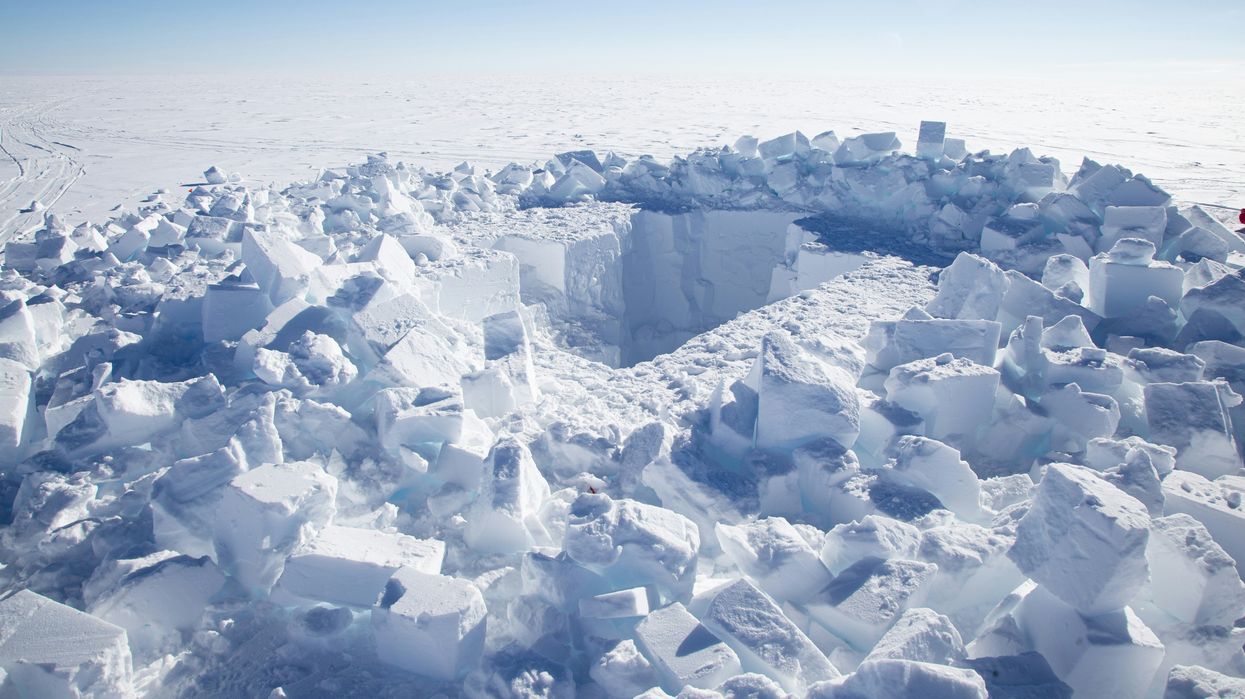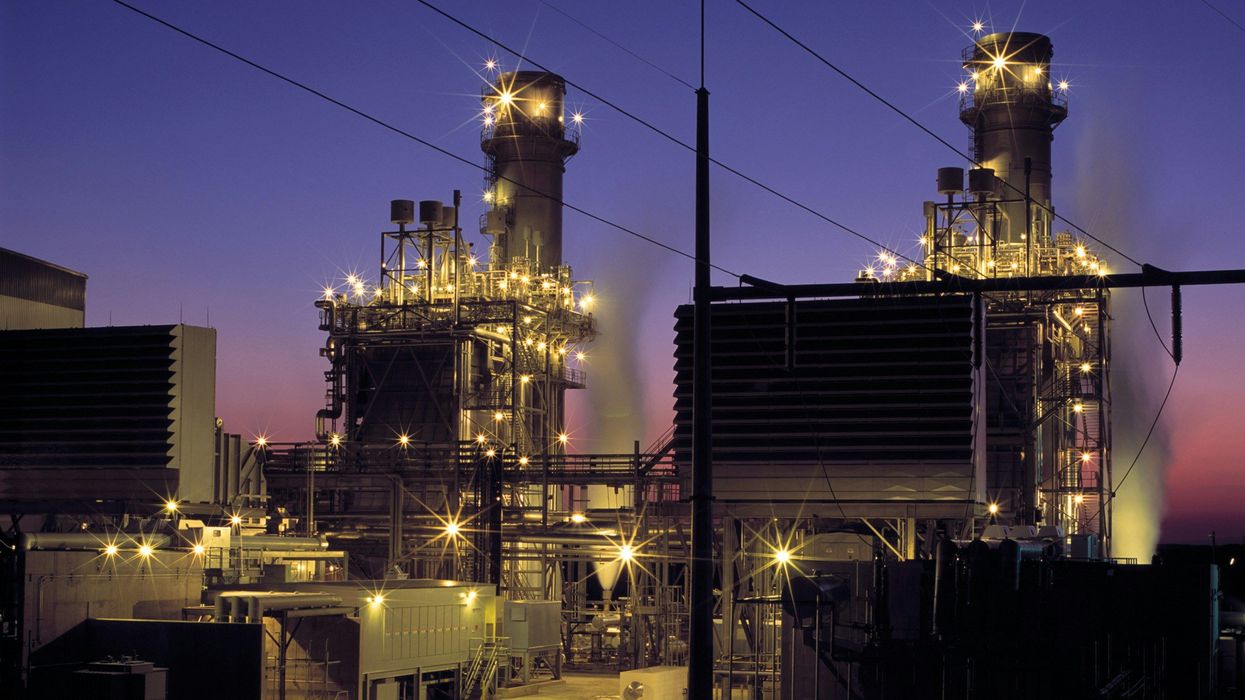Most plastic used today ends up as waste, with only 4% recycled in the U.S., leading to significant pollution in landfills, rivers, and oceans.
Michael Copley reports for NPR.
In short:
- Plastic production has increased dramatically over the past 70 years, with a shift towards single-use items exacerbating waste issues.
- The plastics industry promoted disposability for profit, knowing recycling wouldn’t sufficiently manage waste.
- The UN is negotiating a legally-binding agreement to address plastic pollution, but reducing plastic use remains challenging.
Key quote:
“We’ll continue to need plastic for specific uses. But there’s a growing agreement" that a lot of single-use plastic "can probably go.”
— Inger Andersen, executive director of the United Nations Environment Programme
Why this matters:
Plastic pollution poses serious environmental and health risks, as microplastics contaminate ecosystems and enter the food chain. Plastic waste in oceans is particularly concerning, as it breaks down into microplastics that infiltrate marine ecosystems and food chains, potentially impacting human health. The mismanagement of plastic waste also exacerbates climate change, as producing and incinerating plastics releases greenhouse gases.

